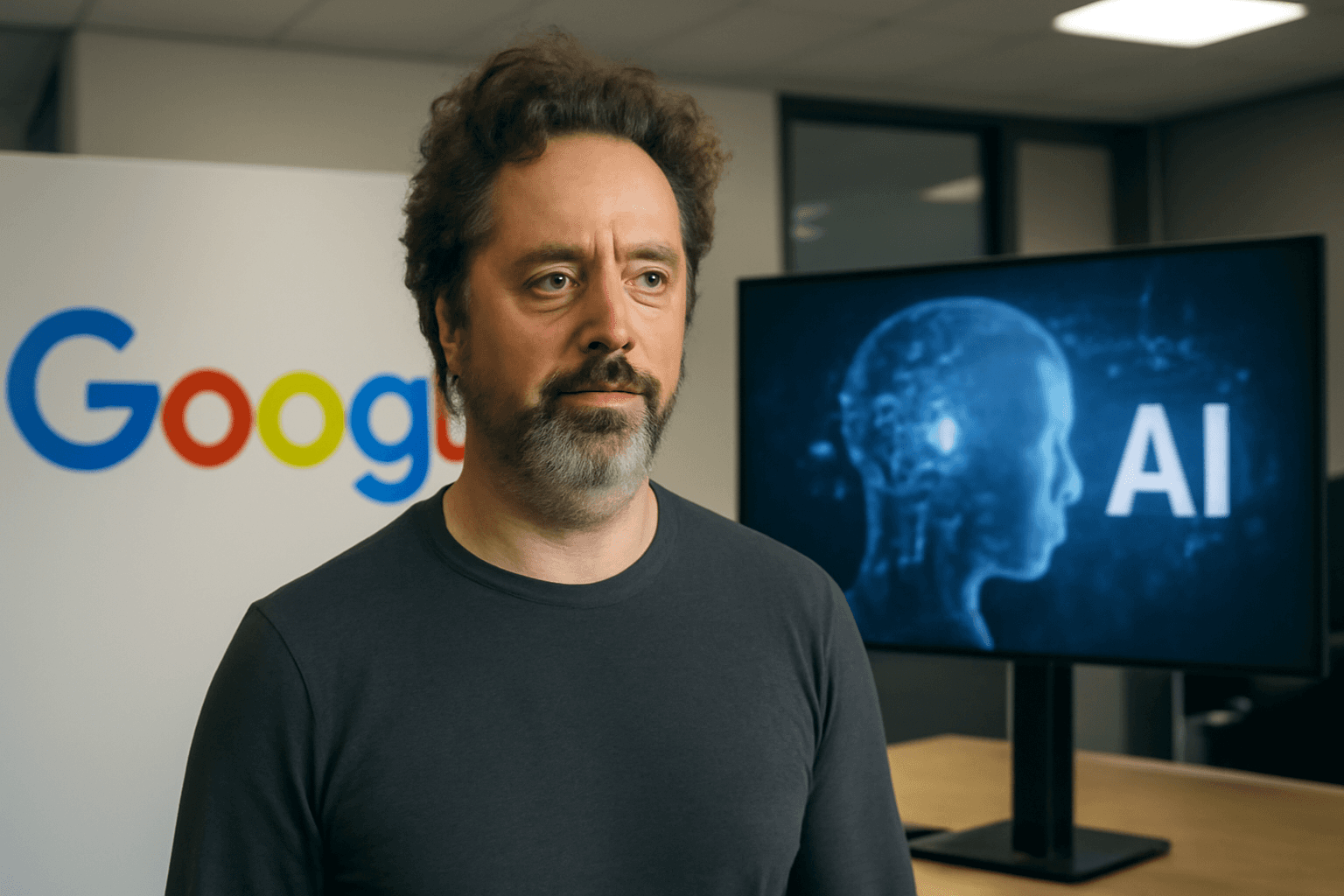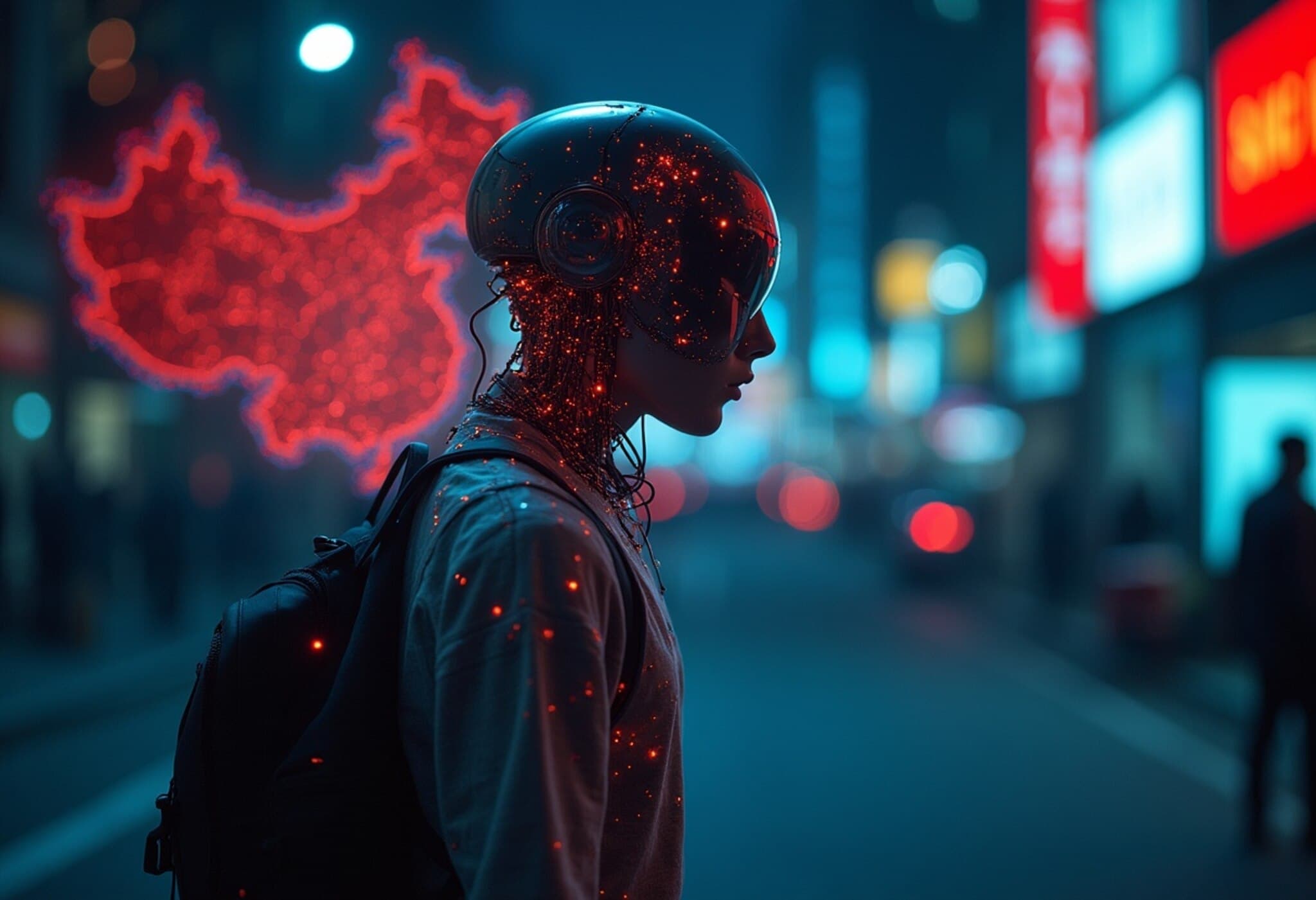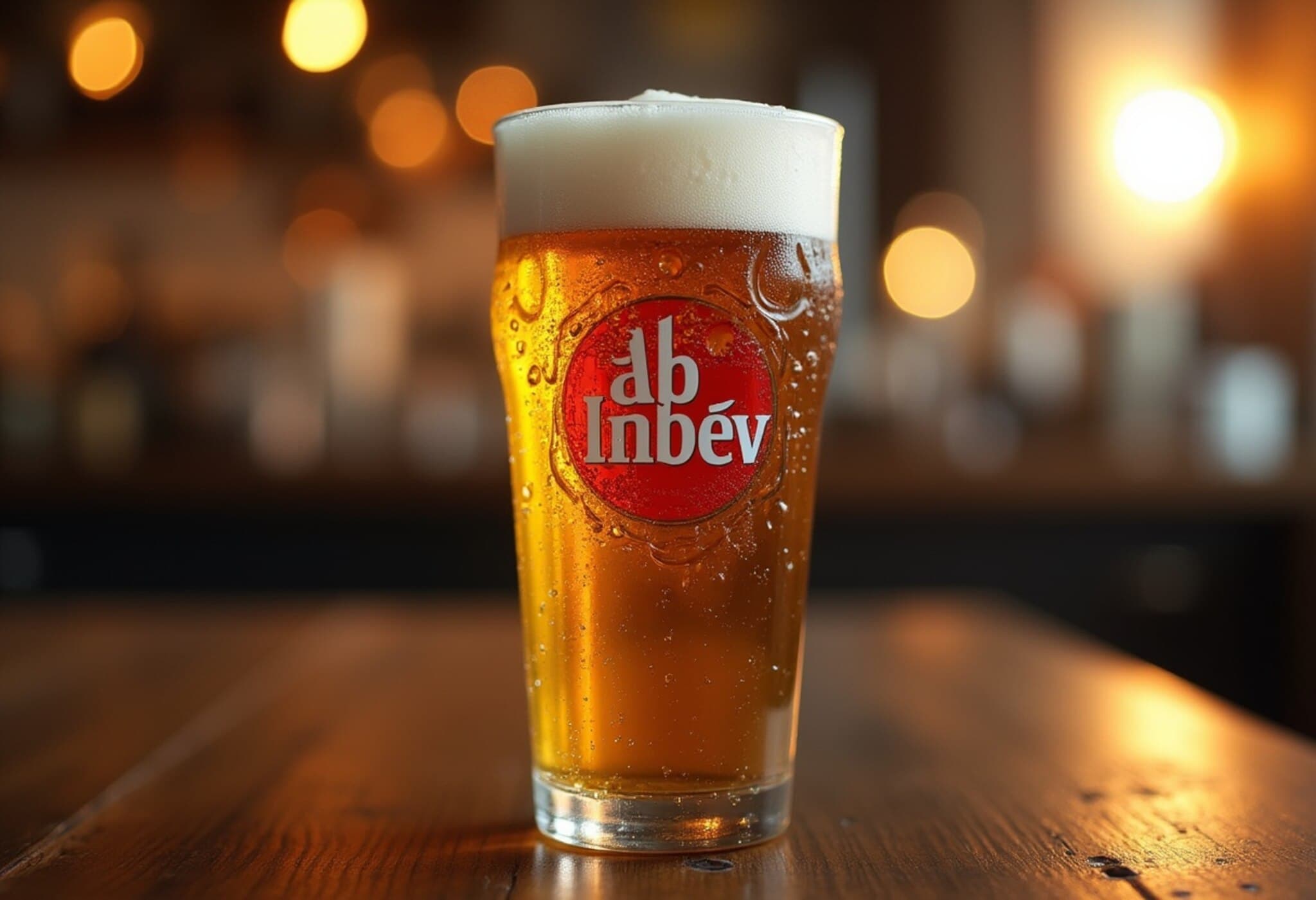Why Blue-Collar Jobs Are Holding Strong Amid AI Advances
As artificial intelligence (AI) continues to ripple through workplaces worldwide, the question on many minds is: which jobs are truly at risk? Recent research from tech giant Microsoft sheds compelling light on a trend that may come as a relief to many — blue-collar occupations remain among the safest from AI displacement.
Inside Microsoft’s AI Impact Analysis
In a thorough study titled "Occupational Implications of Generative AI," Microsoft researchers analyzed nearly 200,000 anonymized conversations between U.S. users and Microsoft Bing Copilot, their AI chatbot, from January to September 2024. They assessed how AI tools assist workers and which professional tasks AI effectively performs.
The report differentiated between a user’s overall task or goal and the specific actions AI took to assist. For example, if a user aimed to print a document, that was the "user goal," while AI coaching on printer operation was the "AI action." This nuanced approach illustrated that AI mostly excels in service-oriented roles, acting as a coach, advisor, or teacher.
Who’s Most Vulnerable to AI Assistance?
Unsurprisingly, workers heavily engaged in information gathering, writing, and communication—such as writers, interpreters, translators, historians, and sales representatives—face the highest AI impact risk. These professions align closely with tasks AI can perform or augment practically and efficiently.
Blue-Collar Jobs: Resilience in a Digital Era
Conversely, physically demanding roles or those involving intricate, varied manual skills have seen minimal AI adoption according to Microsoft’s data. Jobs like dishwashers, massage therapists, roofers, maids, and housekeeping cleaners show low reliance on AI tools, indicating greater job stability amid technological disruption.
Broader Context: AI Adoption Trends in the Workforce
Complementary research by Gallup reveals that while 27% of white-collar workers frequently use AI in their jobs—a figure that jumped 12% since 2024—blue-collar and frontline worker AI usage has remained steady at about 9–11% over the past two years.
This disparity highlights how AI’s transformative power currently favors jobs steeped in cognitive and communicative tasks over hands-on, adaptive, and physically complex roles.
Expert Insight: The Human Edge in Skilled Trades
Ravin Jesuthasan, a renowned future of work specialist, comments, "AI has revolutionized white-collar work, shrinking skill premiums and forcing rapid upskilling. But for tradespeople like plumbers or technicians, AI replacement is still far off. Plumbers, for instance, must adapt to unique environments and customized fixtures that robots can’t easily navigate."
Jesuthasan further notes the growing esteem and attractiveness of skilled blue-collar careers. Many jobs from manufacturing to maintenance now demand technical savvy and offer competitive rewards, reshaping the narrative from ‘dirty work’ to high-tech, stable professions.
Top 10 AI-Resilient Careers According to Microsoft
- Phlebotomists
- Nursing Assistants
- Hazardous Materials Removal Workers
- Helpers, Painters, and Plasterers
- Embalmers
- Plant and System Operators
- Oral and Maxillofacial Surgeons
- Automotive Glass Installers and Repairers
- Ship Engineers
- Tire Repairers and Changers
Implications for Workers and Policymakers
This research underscores crucial policy and educational questions for the U.S. and global labor markets. As AI reshapes professional landscapes, tailored reskilling programs should not only focus on traditional white-collar upskilling but also support blue-collar workers in acquiring technical competence to future-proof their roles.
Furthermore, investments in infrastructure to support emerging technologies within blue-collar sectors can enhance job quality and economic stability, benefiting workers across socioeconomic strata.
Editor’s Note
The Microsoft study offers a reassuring perspective on the resilience of blue-collar careers amid AI’s rise, highlighting human skills that machines cannot easily mimic — adaptability, dexterity, and contextual problem-solving. Yet, this does not mean blue-collar workers are immune to technology-driven changes. Continuous learning and investment in technological literacy will be key to securing these vital roles.
For policymakers, employers, and educators, the message is clear: embracing AI’s transformative potential means not only leveraging innovation where it fits but also preserving and empowering the irreplaceable human elements at the core of many professions.
Stay informed and prepared as AI continues to evolve—because the future of work is not just digital, it’s profoundly human.



















